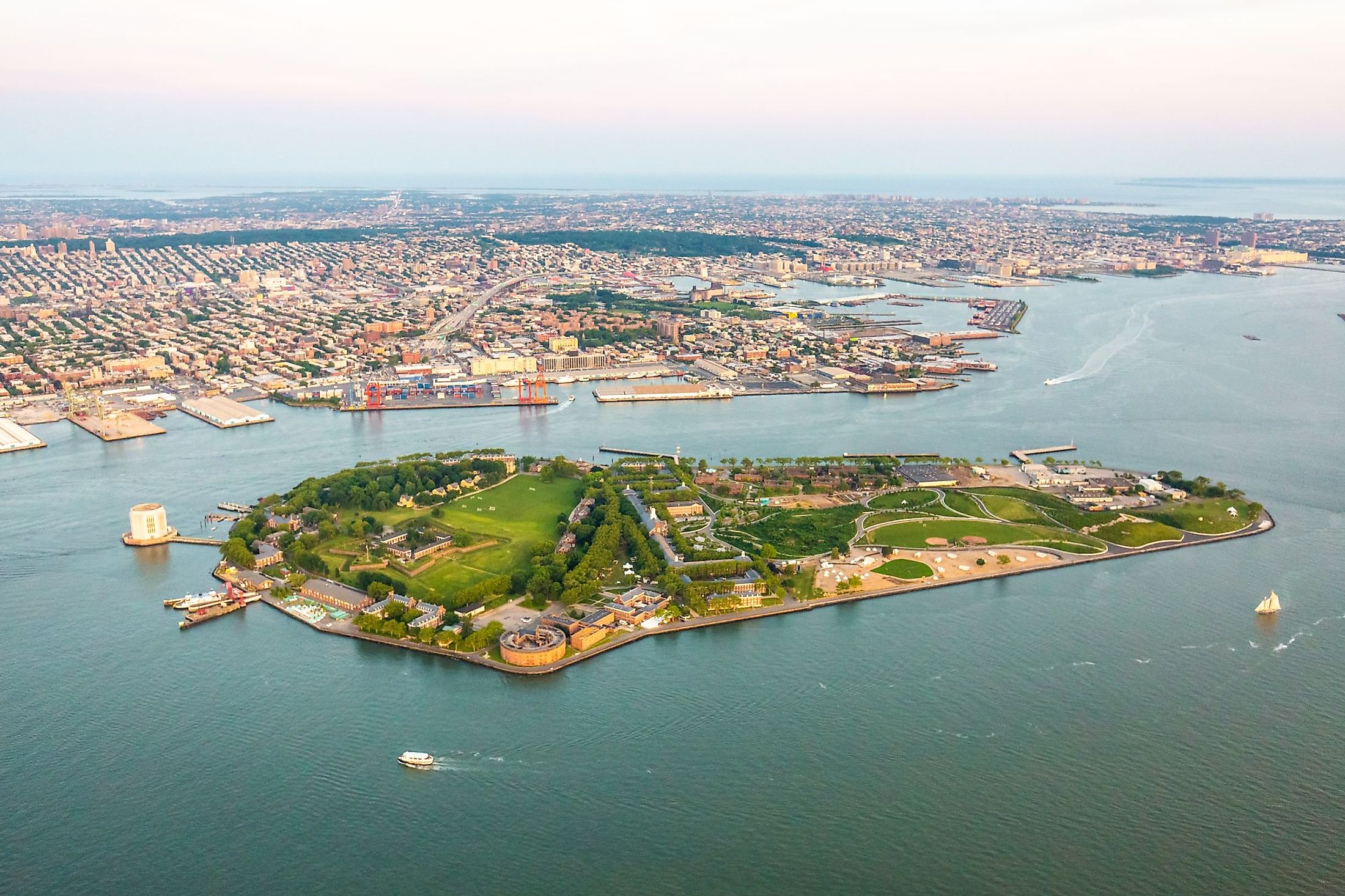
Governors Island, New York
Governors Island is a famous attraction situated in the middle of New York Harbor, enclosed by Brooklyn, Manhattan, and Bayonne, New Jersey. It is a 172-acre island lying 1.5 miles east of the Statue of Liberty, only 800 yards from lower Manhattan. There are numerous activities and events on the island providing entertainment and education to the visitors. Governors Island can only be accessed by ferries and remains open year-round for visitors.
Geography Of Governors Island
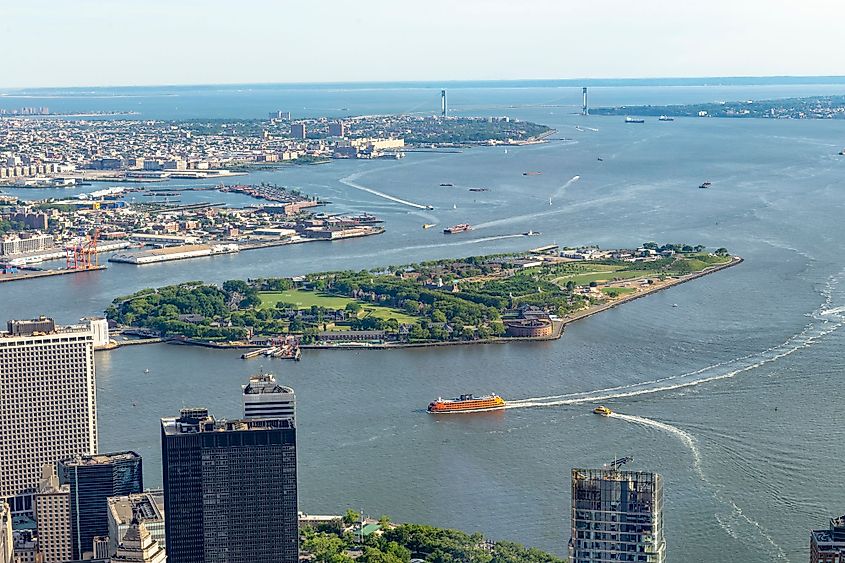
Governors Island started as an egg-shaped rock that was modified through the course of history to reach the cone shape it currently looks like. The island has witnessed numerous changes since the National Park Service was handed its management to rehabilitate its structures to the current park and community it houses. The most recent change happened in 2016, where The Hills was opened to the public. Rising 70 feet above sea level, the space consists of four themed hills: Grassy Hill, Slide Hill, Discovery Hill, and Outlook Hill. The Hills includes 42,963 planted shrubs, 54 species, and 2,960 trees. It is home to the longest New York City slide at 57 ft.
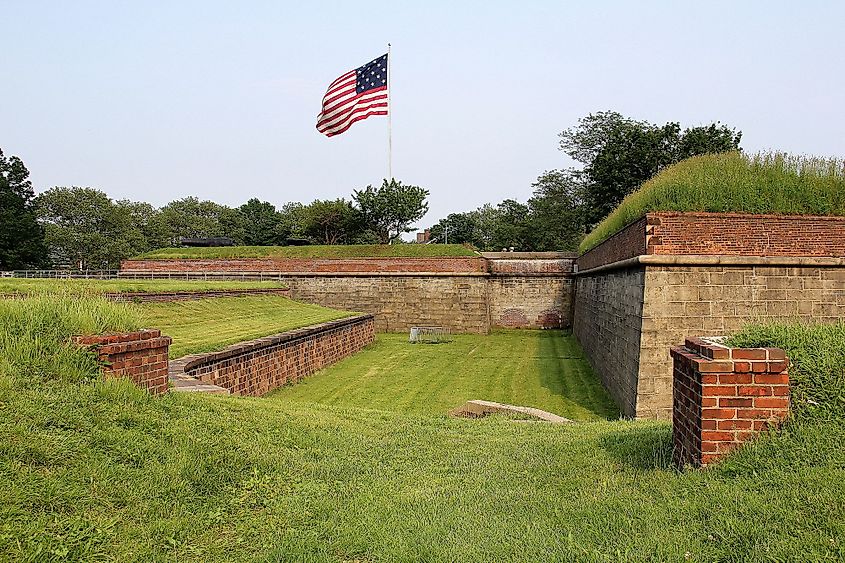
Governors Island also includes historical structures such as Fort Jay. Fort Jay is the oldest existing defensive structure on the island. It is a classical star-shaped fort that served different kinds of military purposes throughout the wars it was utilized. The island also houses Castle Williams, designed and built on the west point of the island between 1807 and 1811 to participate in naval warfare. It has a circular formation and is made out of red sandstone.
History Of Governors Island
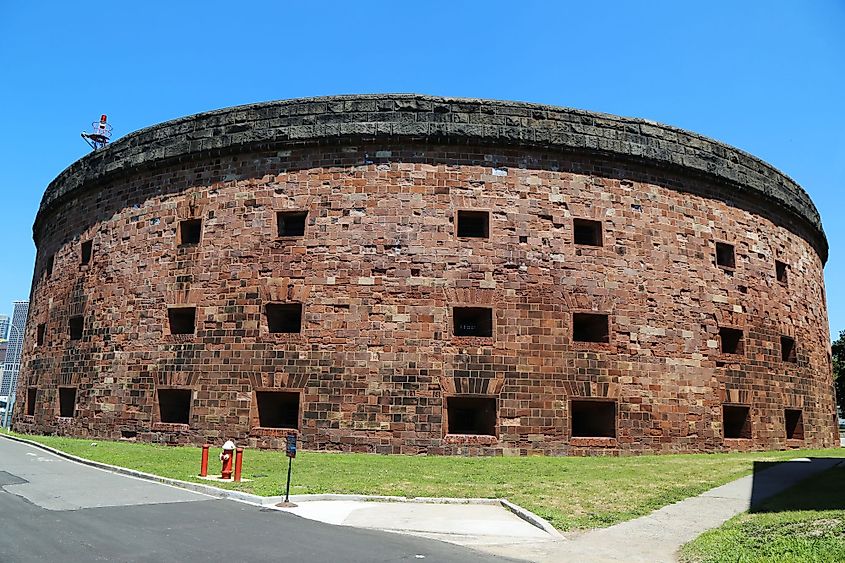
Governors Island first started as a military headquarters for the US Army and Coast Guards. It started operating in 1755 until its closure in 1996, making it one of the longest-used military compounds in the history of the country. Before its inception as an army establishment, the Island was more distinguished for its environmental attributes and resources, particularly by the indigenous people. Before the military pursuits were carried out on the Island, there were a group of local natives residing in the region of Manhattan called the Lenape. These indigenous people referred to what we know as Governors Island today as Paggank, directly translated to "Nut Island," describing the abundance of oak and chestnut trees on the Island. Due to the location of the Island, the natives likely used it for seasonal fishing activities.
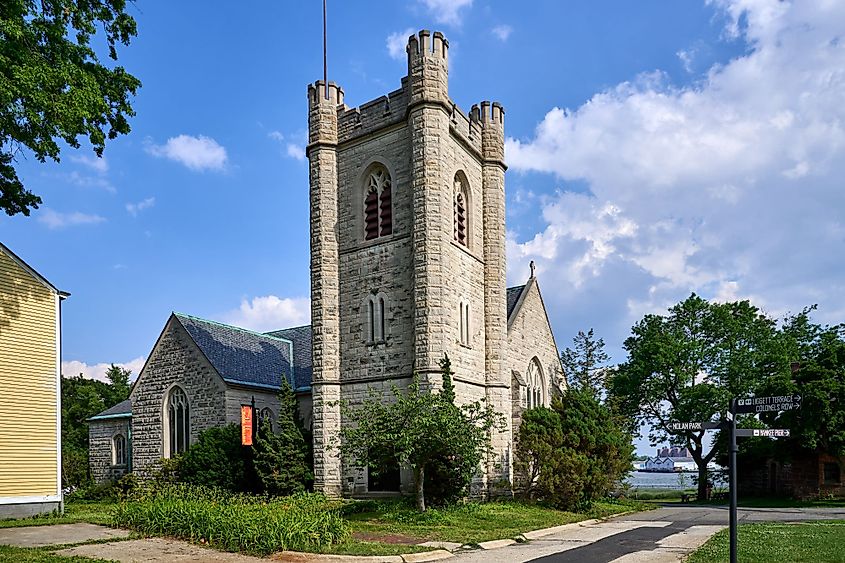
In 1624, the Dutch West India Company explored the area and were able to establish their first settlement in New York Harbor in what they called Nutten Island, adopting the original name. A year later, Nutten Island would become just a part of a colony set up in Manhattan, known as the Dutch colony of New Amsterdam. In 1664, the British captured the region for strategic purposes, where they renamed New Amsterdam to New York. Later, the British recognized the agricultural value of the Island and then renamed it Governors Island to indicate that the Island was now set for "the benefit and accommodation of his Majesty's Governors." In 1776, an effort was made by General Washington and the American forces against the British, which made the British retreat momentarily from Long Island and Governors Island but readvanced eventually to overpower and take back the territory.
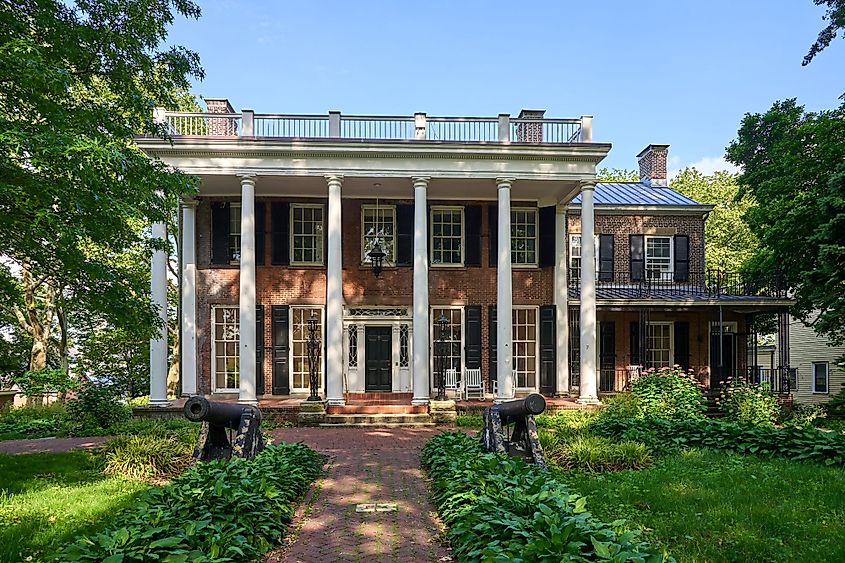
On November 25, 1783, the day known as "Evacuation Day," the British finalized their withdrawal from the region. After the American Revolution, the lands previously held by the British, were transferred to New York state's authority. The Governors Island was transformed into a military region post-war, with the construction of Fort Jay, in the center of it. It was used for military purposes for decades to come to deter a British invasion, as well as the later American Civil War, where it functioned as a recruitment depot and, after that, a Confederate prisoners-of-war holding facility. Efforts were made to increase the Island's size to 172 acres in the following years. During the First world war, the 22nd Infantry Regiment stationed on Governors Island protected the region's military lines, supply depot, and infrastructure. It was also used as a headquarters in the Second world war. Post the World Wars, the Island was transferred to the US Coast Guard and had its residential community. Over the next decade, it was cleared, and its management was transferred to the National Park Service to open it to the public as a touristic spot.
Attractions In Governors Island
The Hills
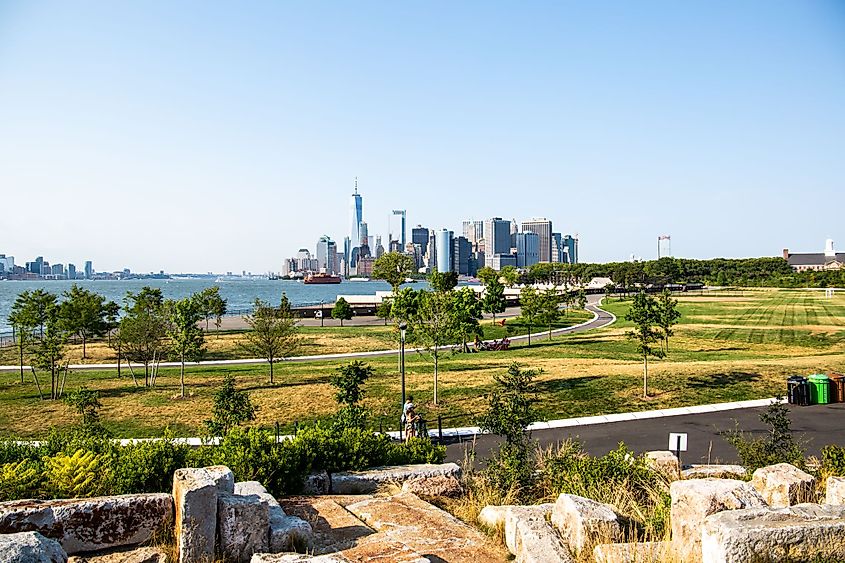
This artificial park offers green space and panoramic views of the island and the bay. It enables the tourists to enjoy their day by walking, biking and even sliding on its giant slides.
Collective Retreats
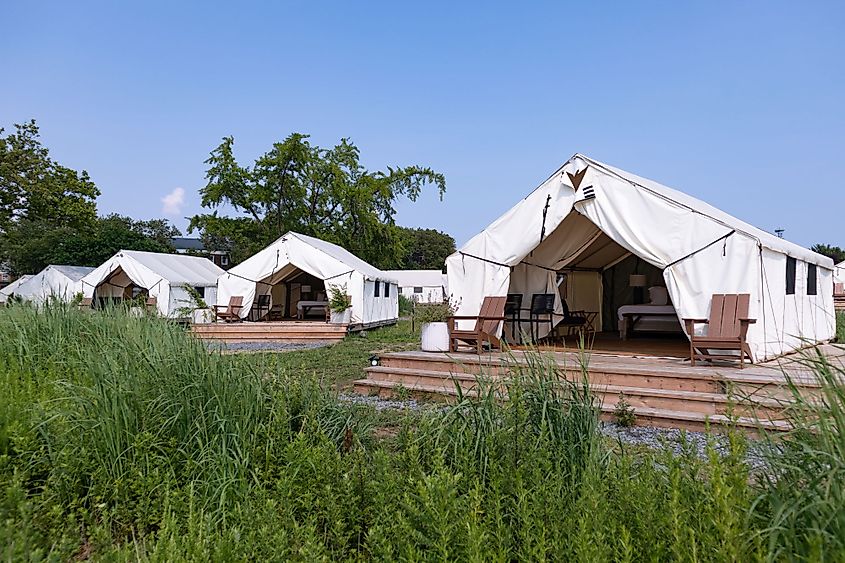
For extended stays on the island, Collective Retreats offers a setup camp on the western side of Governors Island. Along with the accommodations, tourists can enjoy morning walks, spa offerings, live music every evening, and much more. In addition to permanent activities, there are always scheduled events done by the management and the community to keep the atmosphere both fun and educational.











